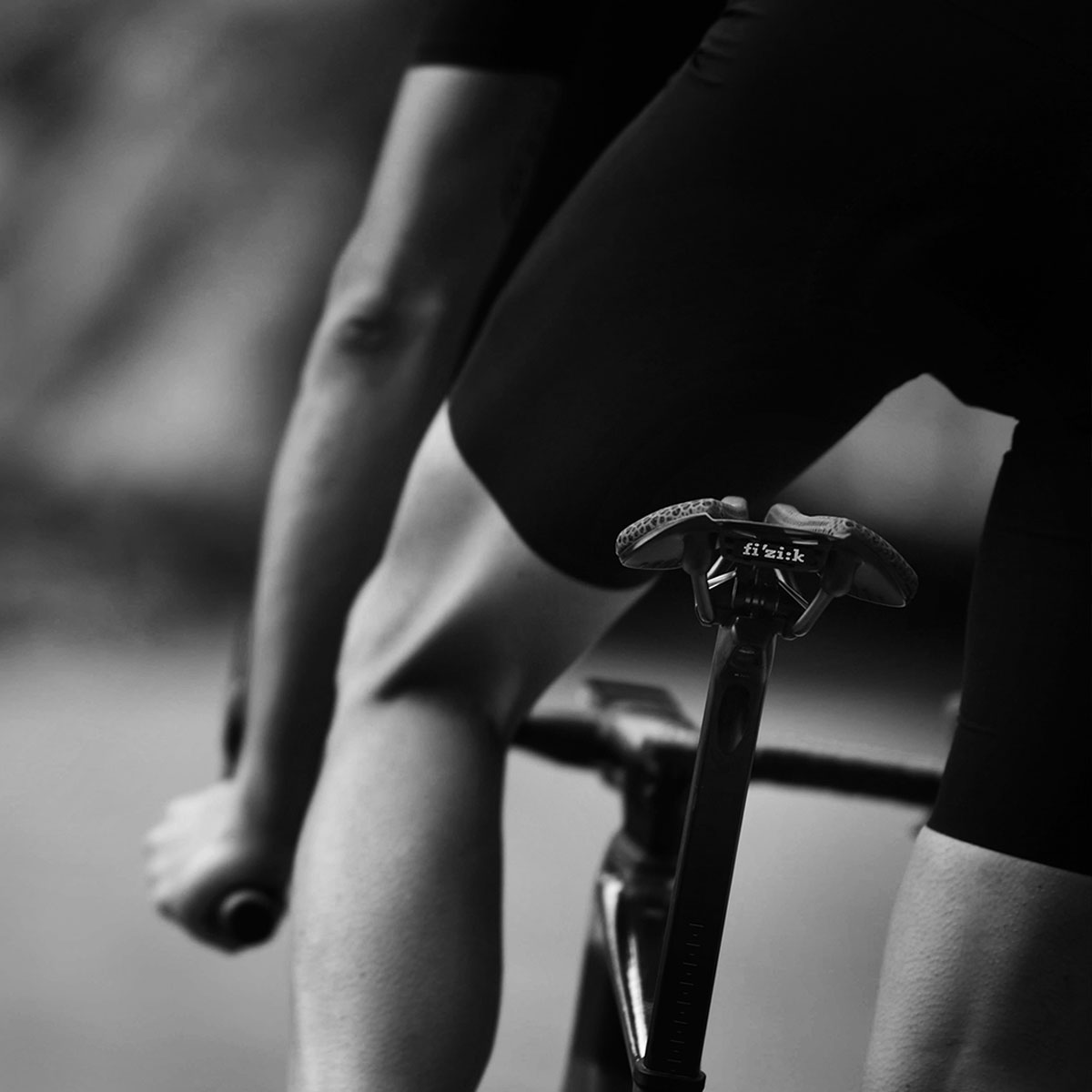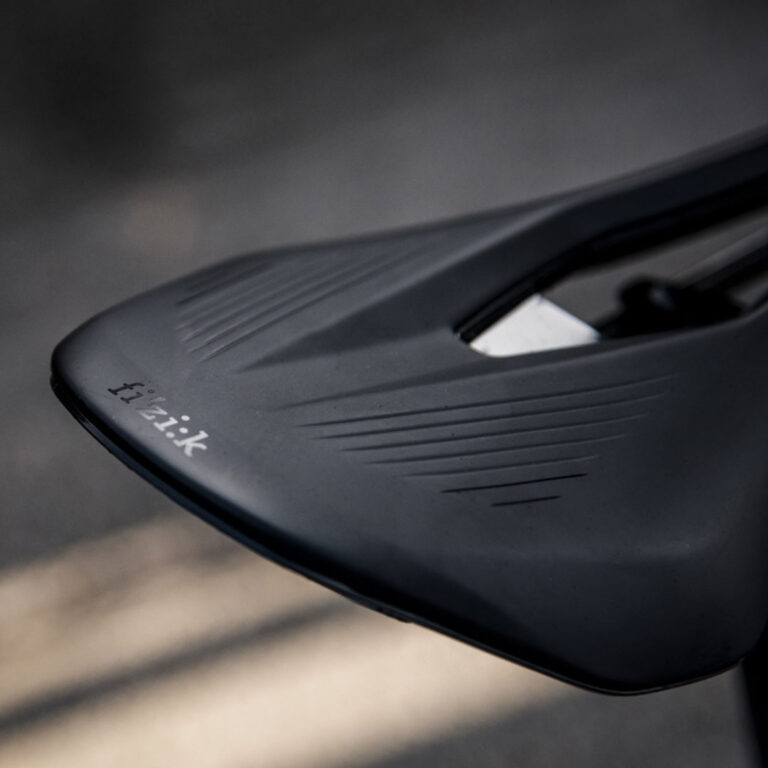Mastering Proper Saddle Positioning for Road Biking Experience

Key Point Summary of Proper Saddle Positioning for Road Biking:
- Fundamentals of Saddle Positioning: Understanding the basics of saddle height, tilt, and fore-aft position for optimal comfort and efficiency.
- The Impact on Bike Handling: How correct saddle positioning affects overall bike control and handling.
- Personalization is Key: Emphasizing the importance of tailoring saddle adjustments to individual anatomy and riding style.
- Common Adjusting Mistakes to Avoid: Highlighting typical errors in saddle positioning and how to correct them.
- Maintenance and Regular Check-Ups: The necessity of routinely checking and maintaining saddle position for consistent performance.
As a seasoned cyclist who has navigated the terrains of mountain biking, gravel grinding, and cyclocross, I’ve come to realize the immense importance of proper saddle positioning in road biking. It’s more than just a comfort issue; it’s about efficiency, power, and preventing injuries.
Impact of Saddle Choice on Positioning
The type of saddle you choose plays a significant role in how you position it. Saddles come in various shapes and sizes, catering to different anatomies and riding styles. For instance, a saddle with a cut-out might require different positioning than a solid one. Personal experience taught me that switching to a saddle better suited to my sit bones required fewer adjustments to achieve the same level of comfort.
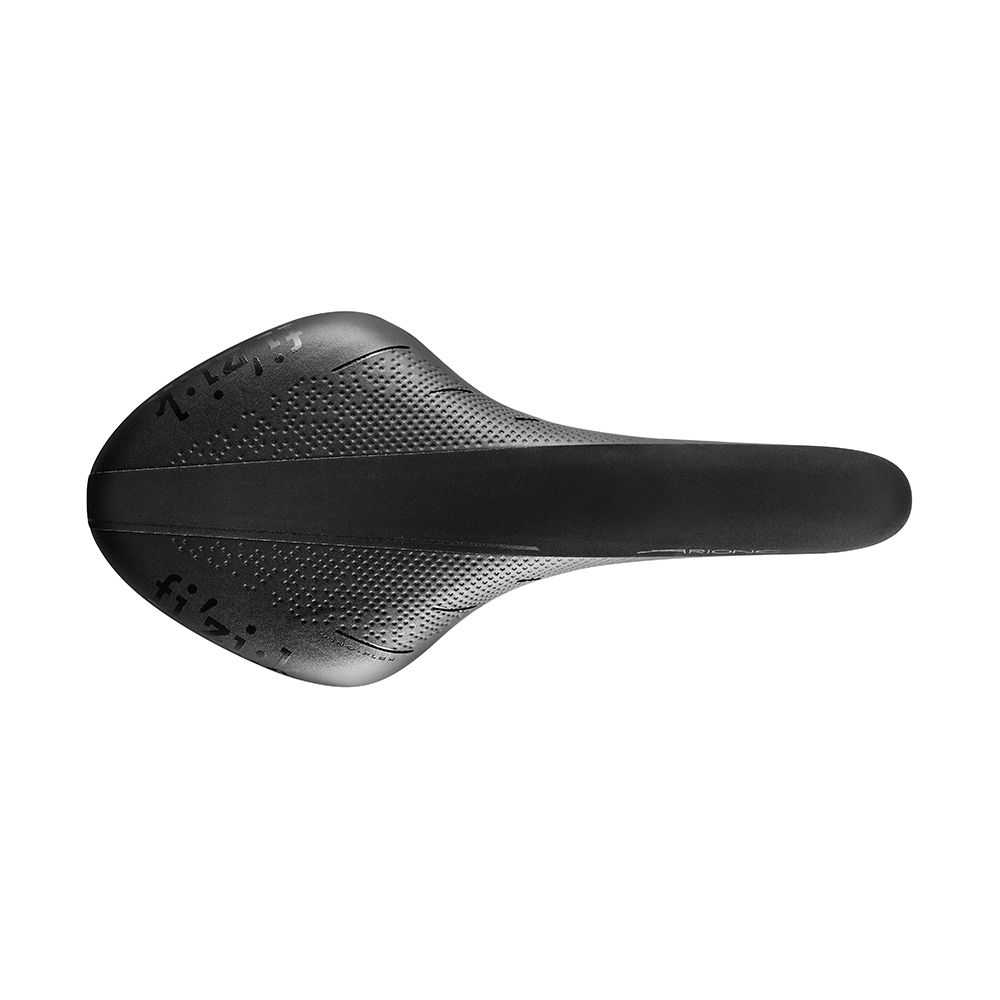
Understanding the Basics of Saddle Positioning
The journey to optimal saddle positioning starts with understanding its three main components: height, tilt, and fore-aft position. Getting the saddle height right is crucial. Too high and you’ll rock on the bike; too low and you’ll lose power and risk knee pain. The ideal height allows for a slight bend in the knee at the pedal’s lowest position.
The tilt of your saddle can drastically affect your comfort. Ideally, it should be level, but some riders prefer a slight tilt forward or backward depending on their riding style and anatomy.
The fore-aft position, or how far forward or back the saddle sits, influences your reach to the handlebars and pedaling efficiency. A well-adjusted fore-aft position ensures that your knees are properly aligned over the pedal axle when the pedals are horizontal.
Influence of Riding Goals on Saddle Position
Your riding goals can also influence how you position your saddle. For example, a more aggressive, aerodynamic position might be preferred for racing, requiring a slightly different saddle height and tilt compared to a more upright, comfort-oriented setup for long-distance touring.
The Role of Professional Bike Fitting
While personal adjustments are crucial, there’s undeniable value in a professional bike fitting, especially if you’re experiencing persistent discomfort or performance issues. These fittings can provide tailored advice on saddle position, taking into account your biomechanics and cycling goals. A professional fitting once resolved a nagging back pain I struggled with, which was partly due to incorrect saddle positioning.
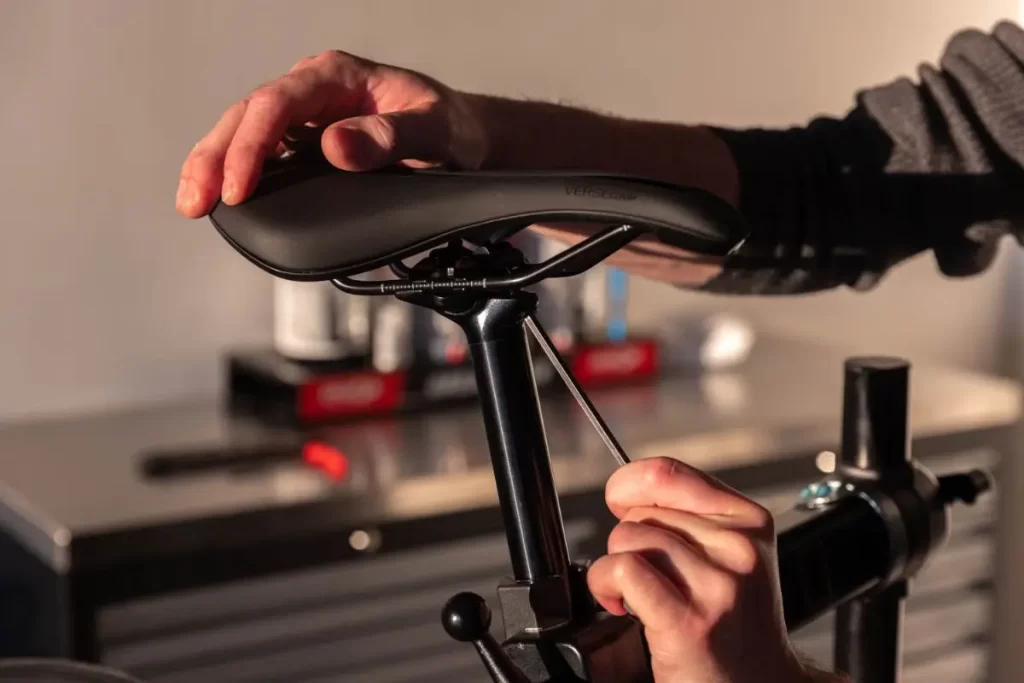
Listening to Your Body
It’s important to listen to your body’s signals. Discomfort, numbness, or pain can be indicators that your saddle position needs adjustment. Making small changes and monitoring how your body responds over several rides is key. I’ve learned to pay close attention to any discomfort during rides and adjust my saddle accordingly.
The Relationship Between Saddle Position and Other Bike Adjustments
Saddle positioning doesn’t exist in isolation. Changes in saddle position can affect your relationship with other parts of the bike, like handlebar height and reach. It’s a balance – adjusting one aspect can mean needing to tweak another.
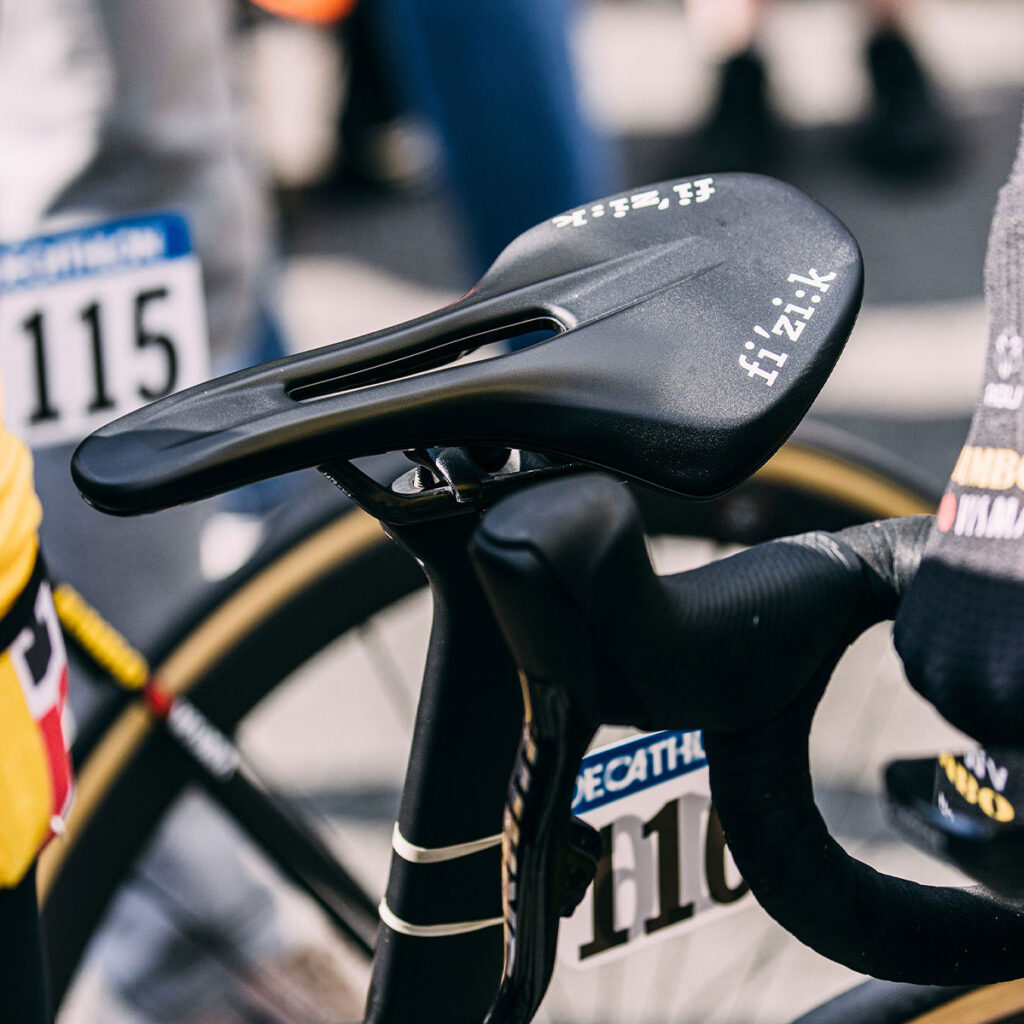
Avoiding Common Saddle Positioning Mistakes
One common mistake is not paying attention to saddle level. An uneven saddle can lead to discomfort and imbalance. Also, frequent changes to saddle position without giving enough time to adapt can be counterproductive. I’ve learned it’s crucial to make incremental adjustments and give each change some ride time to evaluate its effect.
Maintaining and Regularly Checking Saddle Position
The saddle position can shift over time due to use and vibrations. Regularly checking and maintaining the position is key for a consistent riding experience. I make it a habit to check my saddle alignment, especially before long rides or races.
FAQ
What is the best saddle angle for a road bike?
The best saddle angle for a road bike is typically level to the ground. However, slight individual adjustments may be made for comfort – some riders prefer a slight downward or upward tilt. It’s important to ensure the angle doesn’t cause discomfort or pressure and allows for efficient pedaling and proper weight distribution.
How do you tell if your saddle is too far forward?
If your saddle is too far forward, you may experience discomfort or pain in the knees, front of the thighs, or lower back. Additionally, you might find yourself constantly shifting forward on the saddle, have difficulty maintaining your position over the pedals, or feel excessive weight on your hands and wrists while riding.
What is the 109% rule for saddle height?
The 109% rule for saddle height is a method to determine the correct saddle height on a bike. It involves measuring the inseam length of the rider, and then multiplying this measurement by 109%. The result is the distance from the center of the bottom bracket to the top of the saddle along the seat tube. This rule is used as a starting point for finding the optimal saddle height, ensuring efficient pedaling and comfort.
How should a saddle fit on a road bike?
A saddle on a road bike should fit in a way that supports the sit bones comfortably, allows for a slight bend in the knee at the bottom of the pedal stroke, and is positioned to enable the rider to reach the handlebars comfortably without straining. The saddle should be level or slightly tilted to suit individual comfort, and positioned so the knees are properly aligned over the pedal axle when the pedals are horizontal.
Summing up the article on proper saddle positioning, here’s a list of some of the best road bike saddles known for their comfort, design, and suitability for various riding styles:
- Fizik Arione: Popular for its long, narrow profile, suitable for riders with good flexibility.
- Selle Italia SLR Boost: A lightweight option with a short nose, providing comfort and performance for aggressive riding positions.
- Prologo Scratch X8: Well-balanced for both comfort and performance, suitable for long rides.
- Bontrager Montrose Elite: Offers a great combination of firmness and cushioning, suitable for a variety of riding styles.
- Fabric Scoop Flat Elite: Known for its versatility and comfort, with a unique construction and material.
Each of these saddles offers unique features and benefits, and the best choice depends on individual preferences, riding style, and anatomy. It’s always recommended to try out a few options to find the one that fits you best.
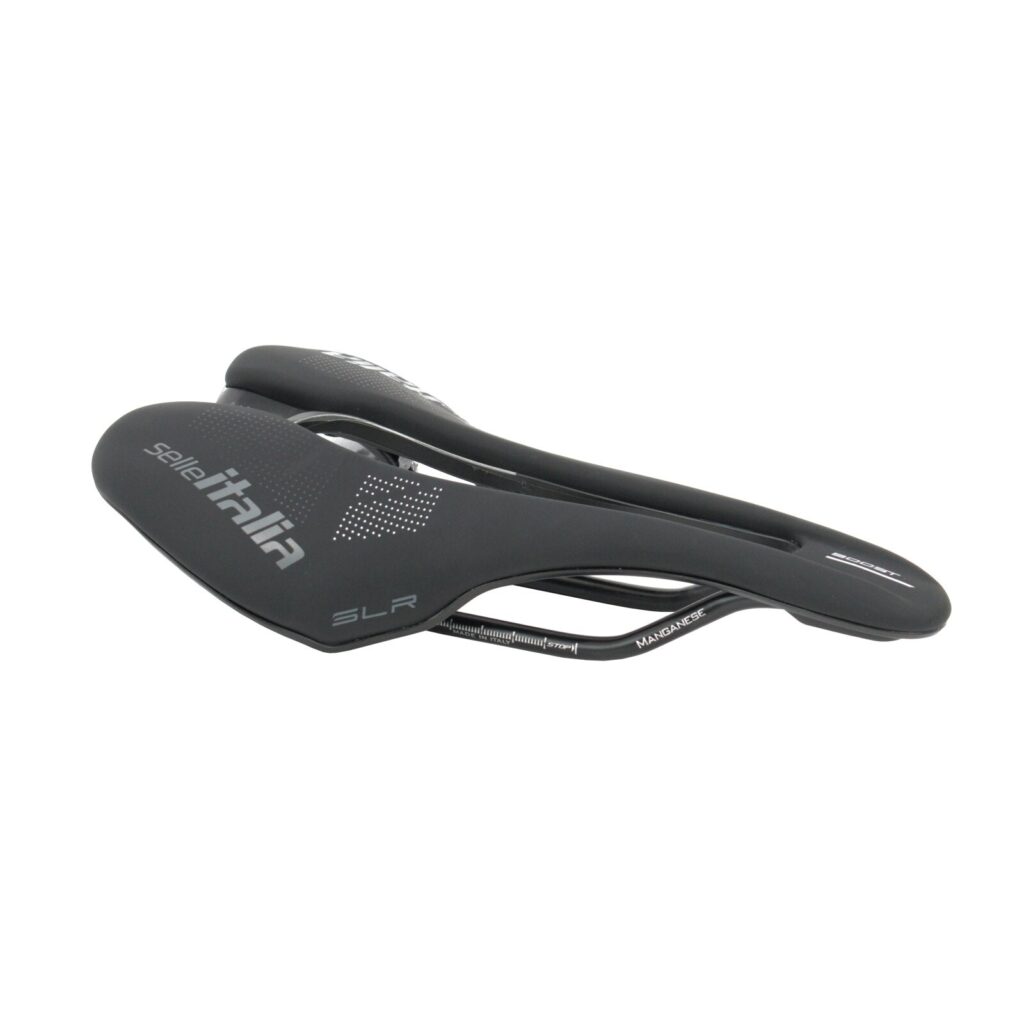
Concluding Thoughts
Proper saddle positioning is a dynamic and ongoing process. It requires patience, attention to detail, and a willingness to adapt. In my cycling journey, from challenging mountain trails to long stretches of road, understanding and perfecting my saddle position has been key to enhancing my riding experience.
The goal is a harmonious interaction between you and your bike, achieved through a well-positioned saddle. So, keep experimenting and fine-tuning – your perfect ride could be just a small adjustment away. Take your time, experiment, and find that sweet spot for your saddle position.
Happy cycling!
John
